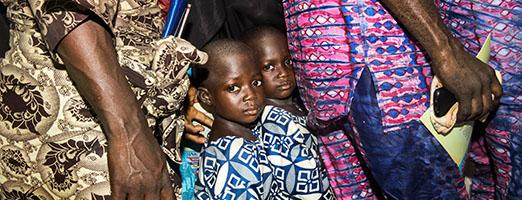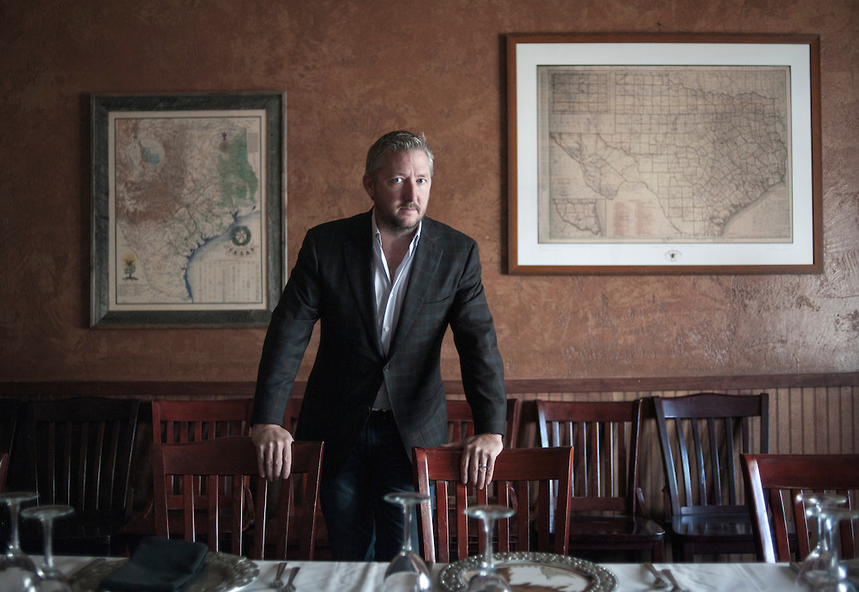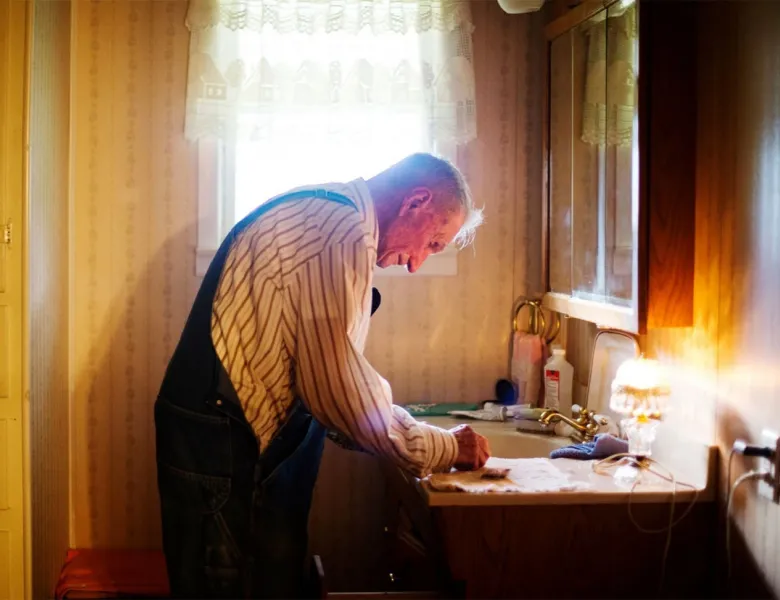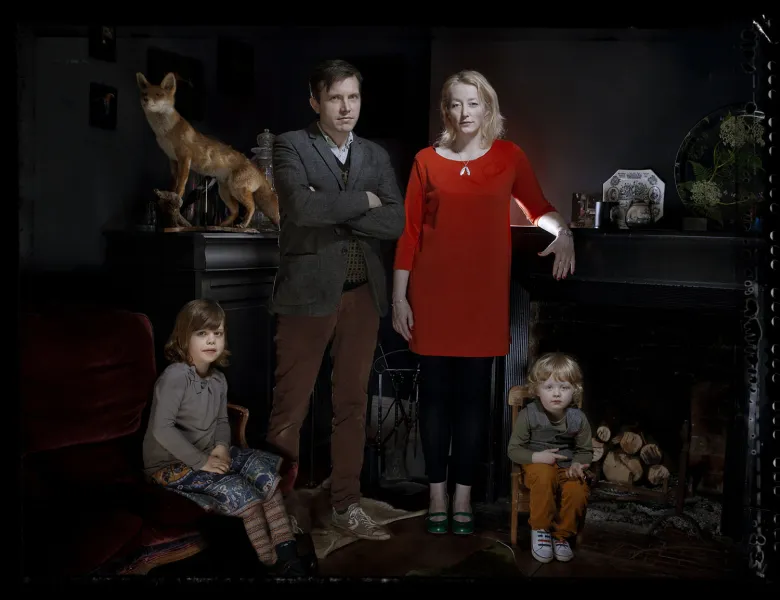The Blink Interview - Discover Sweet
画像


Blink is a platform connecting thousands of media freelancers with publishers, brands and agencies who need high quality content produced on location anywhere in the world.
Join the Blink network now
---
What do you get when Hearst Corporation, one of America’s largest diversified media companies collaborates with Snapchat, a heavyweight social media app for ephemeral photos?: Sweet.
Just as the name suggests, Sweet is actually very sweet, and mainly because it was launched at the right time. It has been a turbulent year for the publishing industry, with a spike in alternative business models and rapidly declining revenue. Why?
Simple: decrease in readership! As a result, the end of 2015 saw publishers willingly accept their dependency on search engines and social apps for disseminating content, of which they will only see the fruits of their labor in a year's time.
The big question: what will 2016 bring? Well, the future looks bright for Sweet!
Recently, Blink’s Kyla Woods spoke to Christian Storm, a photo editor at Sweet, about the revolutionizing media brand, the add-on’s that are taking interactivity in storytelling to a new level, and the perceived growth of Sweet.

KW: Were you a photographer before becoming a photo editor?
CS: Yes, I’ve always loved photography. I studied fine arts at Washington University in St. Louis and while I was studying, I interned as first assistant for Ryan McGinley. After graduating, I moved to New York City in hopes of being a professional freelance photographer, but that proved to be a little difficult.
After some years of struggling, I decided to go to grad school at Georgetown for Communication and Culture and Technology. Between my first and second year, I visited New York and met up with Ryan. He told me about an opening at Vice as a photo editor and how he thought I’d be good for the role. I was very interested in the job and the career in general because it still included photography but it was more on the collaborative side - a connector of talents. I got the job, so I dropped out of grad school and moved to New York. I was at Vice for about a year and a half.
KW: Tell us about your experience with VICE
CS: I started in the September of 2012. I knew a lot about photography and photographers but I had never been a photo editor. I didn’t really have concrete hands on training in that sense, and there was really no one there to teach me, which was just the nature of the beast. I was the only photo editor – I was the photo department. In some ways, this was a rough place to start - no one held my hand and you just had get the job done. It was a trial by fire. But it turned out to be a blessing because I learned so much that way. I also learned a lot of technical things and made a lot of connections. I even became comfortable talking on the phone – I was always afraid of a phone until I worked there. Tip to anyone in the industry: the phone is your friend, don’t be afraid to use it.

KW: Sweet is a move in a new direction for Hearst, can you talk about how this endeavour is going?
CS: Sweet is part of Hearst Digital Media. Hearst is a very historied company and it’s existed for almost 200 years, and they have processes and structures in place like any large media company would have. Yet Sweet functions in many ways as a start-up. It’s an interesting collaboration with us and the rest of the company. We have their help obviously, in many ways. We have great mentors in the company. Joanna Coles, who is Editor-in-Chief at Cosmopolitan, and Troy Young, president of Hearst Magazines Digital Media, are both beyond brilliant in their fields and have been so supportive all along the way. But we’re also allowed to be sort of try things out and be young. We have a speaker system set-up on the floor where we play music all day. No other company in the Hearst Tower has that! I think that kind of thing speaks to who we are as well as the type of person we are trying to reach.
We are a small team in comparison to the rest of Hearst’s publications. But we're also the newest. We have really started something from the ground up. It’s fun and exhilarating to be part of creating a new vision.
KW: What titles does your team consist of?
CS: There are around 17 people in total; eight editors who write stories (some specialise in beauty, travel, etc), five designers who work on illustrations and motion graphics; myself and my assistant who makeup the photo team, and one videographer who shoots and edits. There are really no weak links in our team; we all work hard and we’re creating great, elevated content.

KW: How long are your days?
CS: Sweet started in July and launched in November, and from that moment the team has been working hard to try and get ahead of the curve. Some days can be your normal work day; others can be longer. Often, I’m here until 9pm, but it’s all for a good cause and I have no qualms.
KW: And do work closely with the design team?
CS: Yes. I have a close working relationship with our Art Director, Aimée Hunt. Working on this platform means that we need to visually problem solve, especially because of the volume of stories we publish. We can’t cut stories; instead she and I find solutions to making things visually pleasing always.
The Snapchat Discover platform has a lot of opportunity for rich media, so there’s a lot of things we can do, from photo to video to illustrations and layouts. That’s is why the photo, design, and motion graphics team work closely together.
KW: The horizontal scroll and the vertical scroll, how does this change storytelling?
CS: The vertical scroll lends itself much better to vertical images, as horizontals end up being much too small. We are beginning to use more gifs and inline videos in the stories, which is exciting. If you go on to the app, you’ll see that every story has what we call a “topsnap,” which is sort of a teaser intro with motion that draws readers to swipe up and read the full story.
Throughout my career as photo editor, I have sent people out to take photos and then I work with their stills. Now, however, a new major concern is dynamism and movement; figuring out the best way to capture movement for the top of the story. Understanding this has been a challenge, but it definitely adds to the story, and for a user who sees someone or something move, it adds an element of excitement and helps create richer stories.
KW: Can you speak about the importance of a GIF? Do you see that becoming something that photographers really need to focus on as part of their skill set particularly?
CS: The ability to make GIFs well is definitely becoming an asset and increasingly important. It’s a fun and compelling element that breaks up the monotony of the article. As a photographer it’s always great to have extra skills, but I wouldnt say the GIF is an imperative ability - yet. If you do know how to make GIFs, certainly include that in your portfolio.
KW: Do you hire freelancers for assignment for Sweet?
CS: Yes, we only hire freelancers and doing so is a majority of my job.
KW: How do you hire freelancers?
CS: I’ve been in this industry for a little while, and as a result I have built real connections with photographers and know by heart which sites I should look at for talent. I am a big user of Instagram, and I follow blogs like MPDrolet.tumblr.com (a favorite in the photo world). I also look at places like Boooooom, Self Publish Be Happy, Ain’t Bad, Nowness, Of the Afternoon, Der Greif, Huck, Wandering Bears, and the 1Granary website. I also scour magazines, it’s one of my favorite things. In terms of magazines, my current faves are Office, I-D, Dazed, the Great Discontent, Russh, The Pitchfork Review (I used to freelance for) Tidal, and Gather Journal.
Blink has been helpful, especially in places that I don’t have connections.
KW: What are the obscure locations that you’ve needed a photographer?
CS: I had to book somebody recently in Fort Worth, Texas that was hard and I had to actually pay somebody a little bit extra to drive from Dallas. That was a portrait of a celebrity chef for our thanksgiving edition. I’ve had to hire people in places like Marrakech, New Orleans, Brussels, and Portland, Maine, to name a few.
KW: Do you accept photographs from freelancers? Whether they're freelance writers or photographers?
CS: Sweet is a new brand, and we don’t have a lot of recognition within the photo world, or the writing world. We have run a few on spec stories, mostly from our photographer friends, and that’s always been amazing. We’re always interested in hearing new ideas and stories. It is our hope to continue to work with submissions in the future.
KW: Could you tell us the best way to get hired by Sweet on Blink? Also, what best practices do you suggest for freelancers?
CS: Ah, good question. On Blink, a link to their portfolio website is a must. Sometimes I have to google their names, and it’s annoying. On their own site, being very transparent as to where they are located and how to reach them is also a must. The more info the better. I hate having to hunt around for that info. I hate those awful contact boxes, it's by far my biggest pet peeve. It’s 2016, just give me your email address. In general, make sure your website is quick and simple and delivers your best work to me as easily as can be. I don’t need 30 projects you did, I am happy with your best six or so. More does not mean better. I don’t need an intro page and I definitely don’t need fancy flash animation.
KW: As a picture editor, what is a noticeable difference between shooting for a platform like Sweet versus a newspaper?
CS: Honestly, there aren’t any noticeable differences between hiring someone for Snapchat versus a print magazine. This is a good thing because when we hire someone to shoot a portrait for a magazine, it just has to be a beautiful, aesthetically pleasing photograph.
This is exactly the same for Sweet. Of course, the element of motion adds a layer of complexity, so I tend to hire people who can do more than just stills, but I’m most interested in finding the right photographer for the right job.
KW: How do you envision Sweet’s growth?
CS: We publish an abundance of stories, and obviously we try to keep quality control as high as possible. However, just because we’ve published so many things, sometimes we'll use stock imagery or pick-up imagery for products. I would like Sweet to get to the point where every photo that is used has been created by us and considered.
I want Sweet to be known for gorgeous photography and visuals, a place that speaks to a broad swath of aesthetic interests while always staying true to its core vision. I want it to be a place that photographers are excited to shoot for. I believe we’ll get there.







